Smartphone Plant for Sale
The LGE Vietnam sub-group, which we expect is primarily the output of the plant, ran a 3.5% operating profit last year, so a brand with a decent share of the APAC market would likely benefit by purchasing the plant, and whatever price could be negotiated would certainly look better on the LGE books vs. a full write-off, but compensation and base salary for existing workers has been a stumbling block for other South Korean foreign plant sales recently, and that could be the problem keeping the facility from being sold currently. It’s in a good neighborhood….

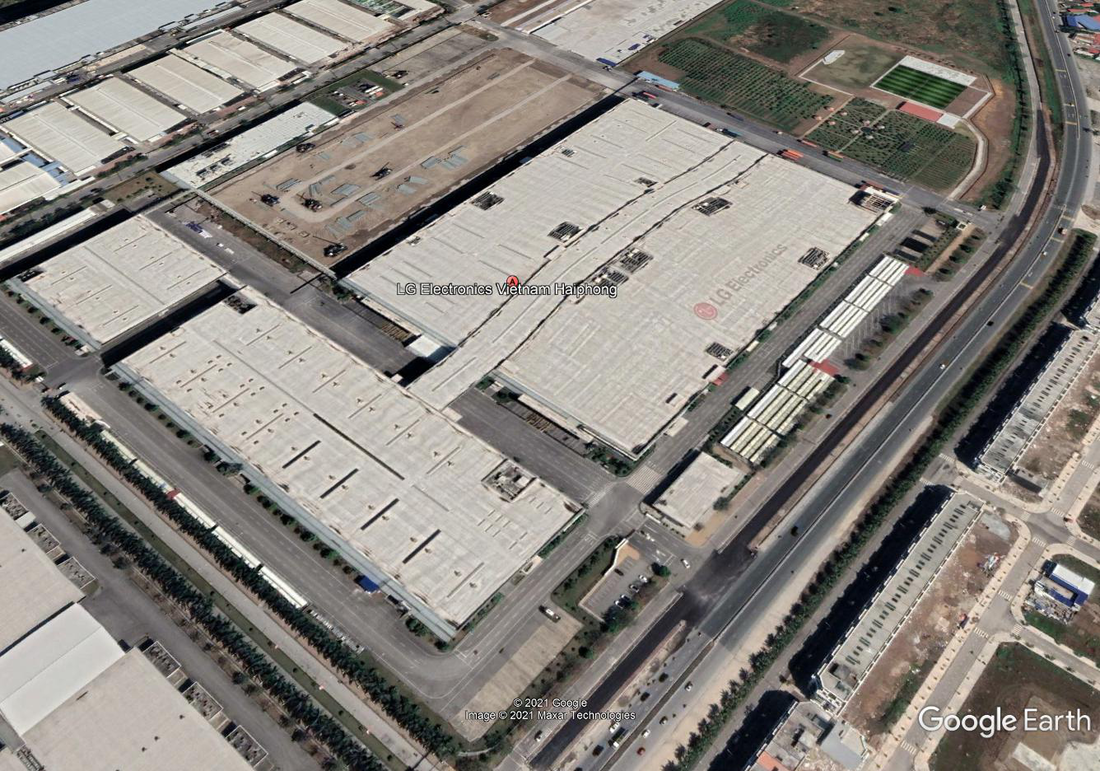
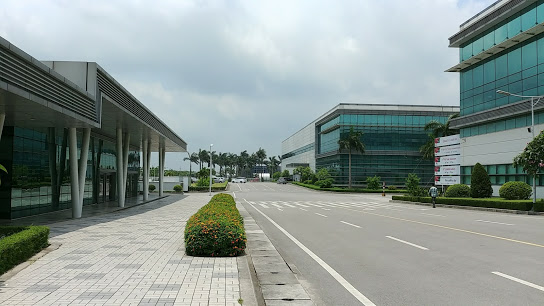
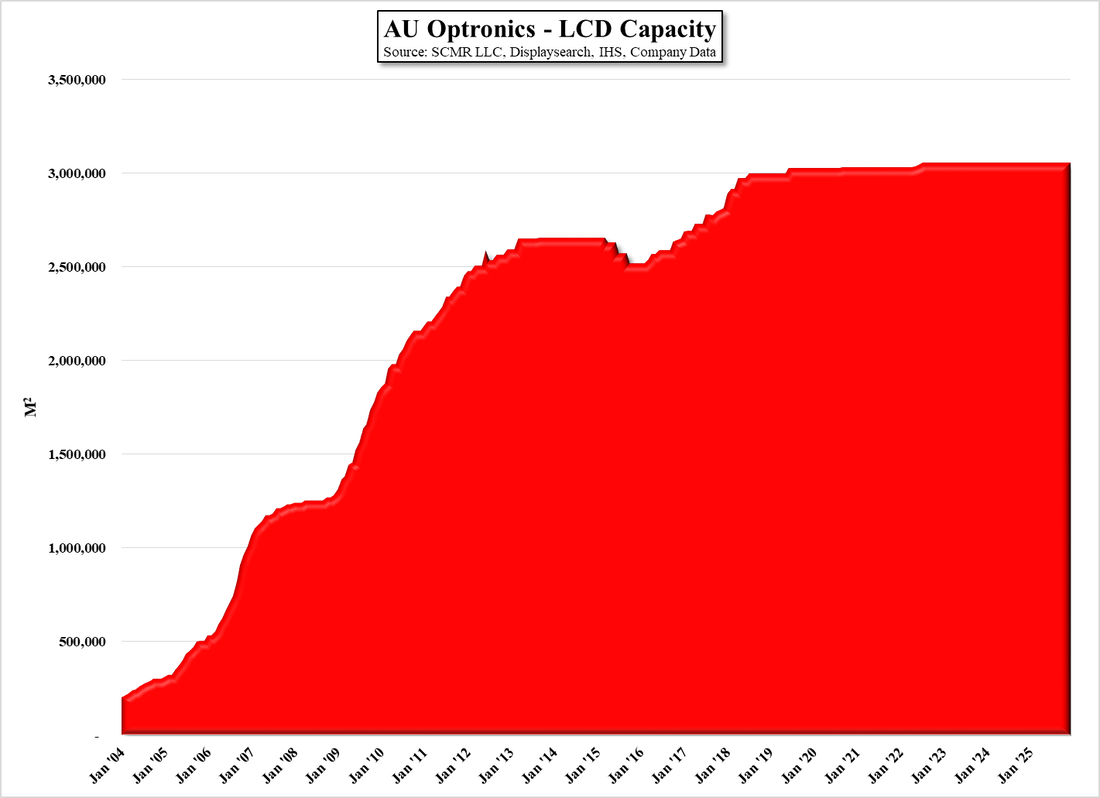
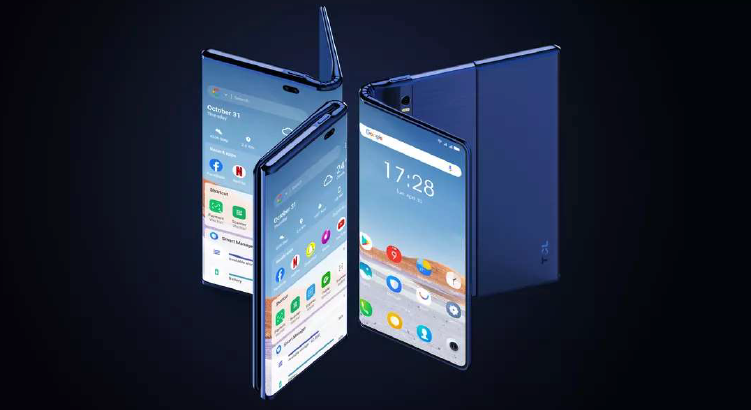

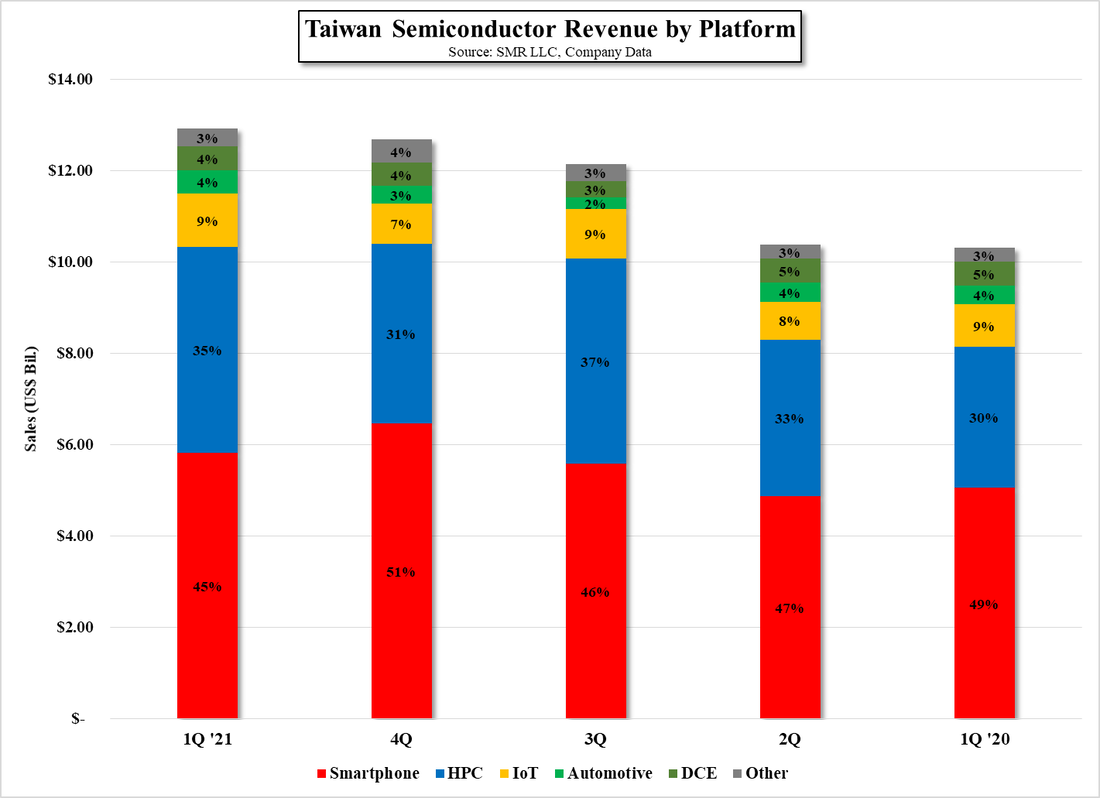
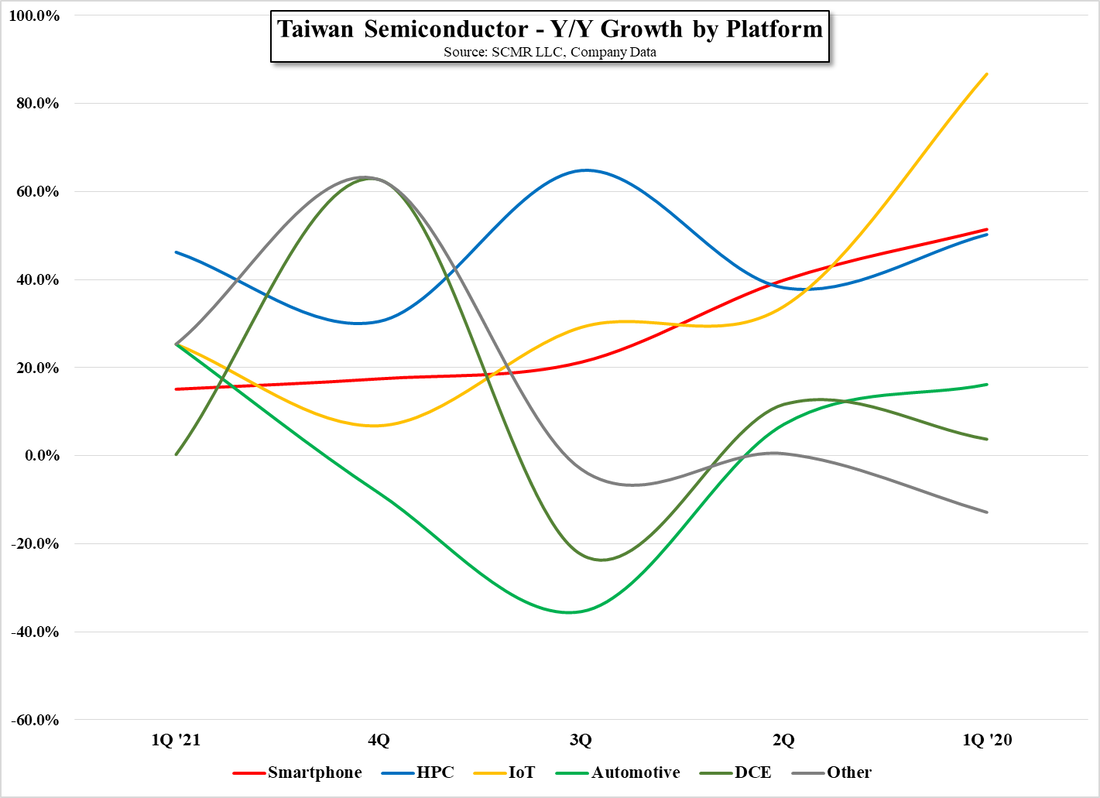
 RSS Feed
RSS Feed